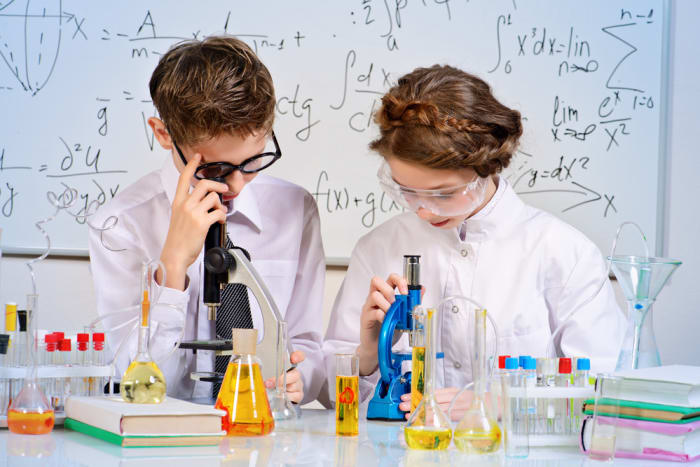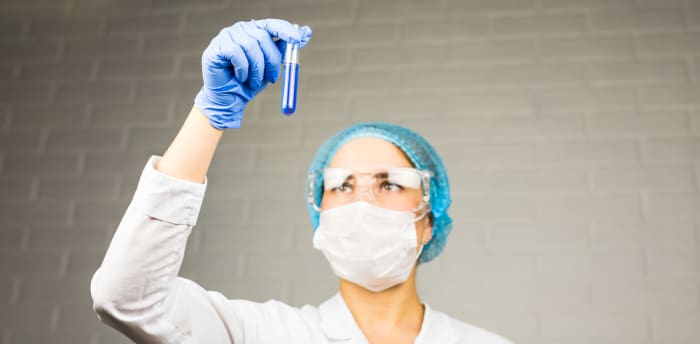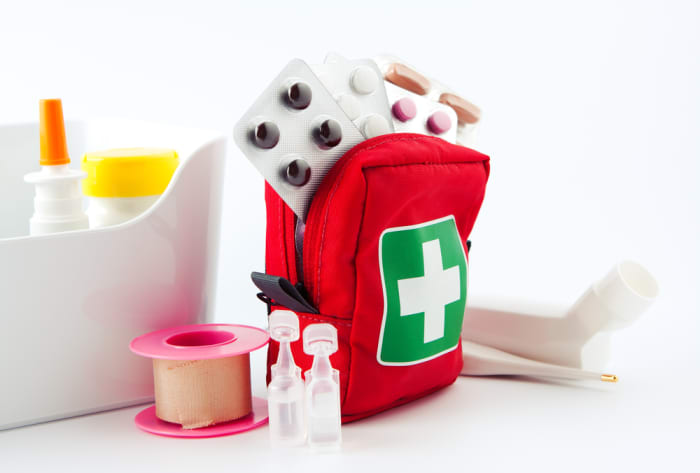How to equip your home lab
Where to start learning chemistry at home
If you are interested in chemistry, then a home laboratory is a must. It’s not hard to build one, unlike a school laboratory, or a laboratory at an institute or factory. It takes only a little effort and money. A home laboratory is the first step on the path of a serious interest in chemistry.

So, to organize the laboratory you need to show imagination and daring. Start by preparing a place to hold chemical experiments. You need to make a work space where you can carry out chemical reactions. The area for the laboratory should be well ventilated.
Above all, prepare the table. A coffee or kitchen table won’t be suitable: the first is very unstable, and the second will quickly be damaged from aggressive chemical components. The table must have a surface of at least three square meters, preferably with small ledges on three sides. Then you should buy fire-resistant fabric. This will protect the table from the effects of high temperatures and aggressive chemical components. Along with a table, the future chemist also needs equipment for personal protection: a lab coat, gloves, plastic goggles – all of this is inexpensive and is not hard to buy.

Household items which will come in handy for future experimenters
-
Half-liter and 200-gram jars will be useful for storing dry substances and for dissolving necessary reagents These jars can be used instead of test tubes, but they shouldn’t be heated up, as they were not designed for this. For heating, you should buy special heat-resistant flasks.
-
For a fire-resistant base, ceramic tiles are suitable. It’s better not to use an open flame for heating. An electrical stove, which can be found in almost every home, will be suitable for this.
-
To measure dry substances, ordinary spoons are suitable, but they shouldn’t be used for eating afterwards. Remember that a teaspoon can hold 5g of a dry substance, a desert spoon 10g and a tablespoon 15 g. To measure liquid, a pipette or disposable syringe will be suitable. Remember that syringes are dangerous, throw away the needles, and never use them twice!
-
Also remember such items as funnels, paper filters, pincers and tweezers from a manicure set. A tube from an ordinary glass dropper and a rubber band will also be useful. If there are small children in the apartment or home, it’s better to make sure they can’t get into your home laboratory, to avoid unpleasant incidences of the unauthorized use of your private property.
Chemical experiments are impossible without the necessary reagents, which should always be at hand. You should make a list of necessary substances which can be purchased at pharmacies and hardware stores.

Here is a list of the most important of them that are available at pharmacies:
- ethyl alcohol 96%;
- liquid ammonia 10%;
- iodine solution 3%;
- hydrogen peroxide;
- glycerin;
- potassium permanganate;
- calcium chloride solution;
- magnesium sulfate powder;
- charcoal in tablets;
- hydroperite.
Items from hardware stores:
- acetone;
- distilled water;
- electrolyte solution (contains sulfuric acid);
- slaked lime;
- unslaked lime;
- potassium alum;
- silicate glue;
- caustic soda.
Here we recommend you to look for experiments you can do at home with the most trivial components.
At shops specializing in gardening supplies you can find:
- superphosphate;
- potassium nitrate;
- ammonium nitrate;
- copper sulfate.
It will also be easy to find the following reagents:
- acetic acid;
- household soap;
- soda;
- concentrate for washing dishes;
- washing powder.
And of course, don’t forget to have a separate cupboard for storing the reagents, which you should keep locked. You should also strictly observe safety rules in working in your home laboratory.